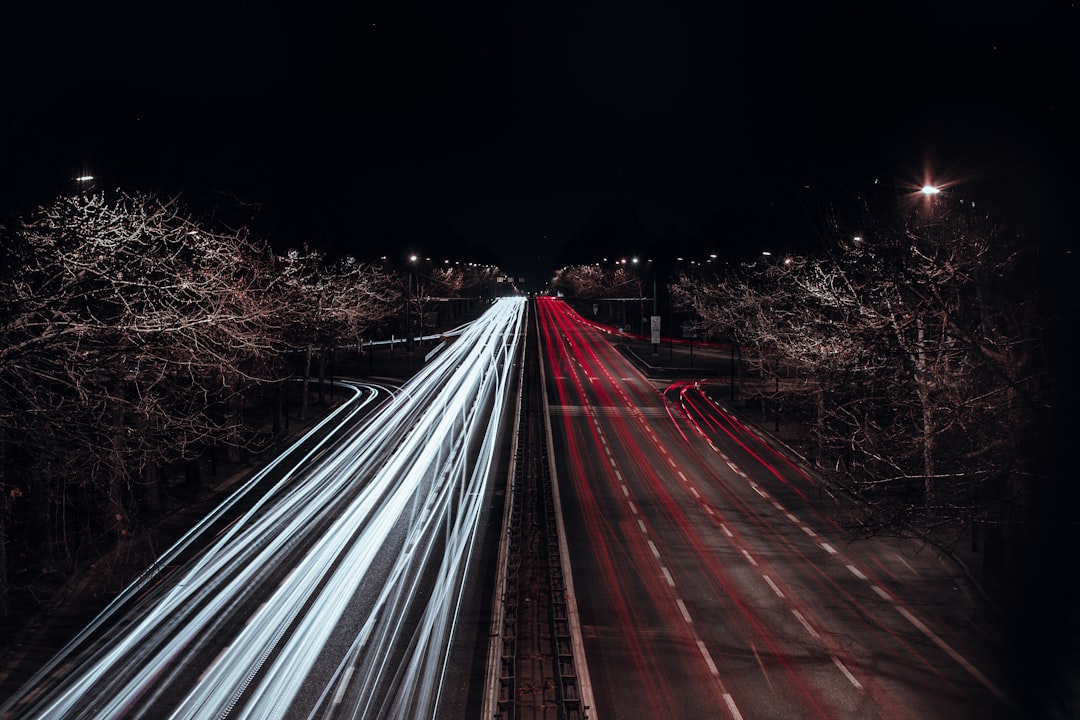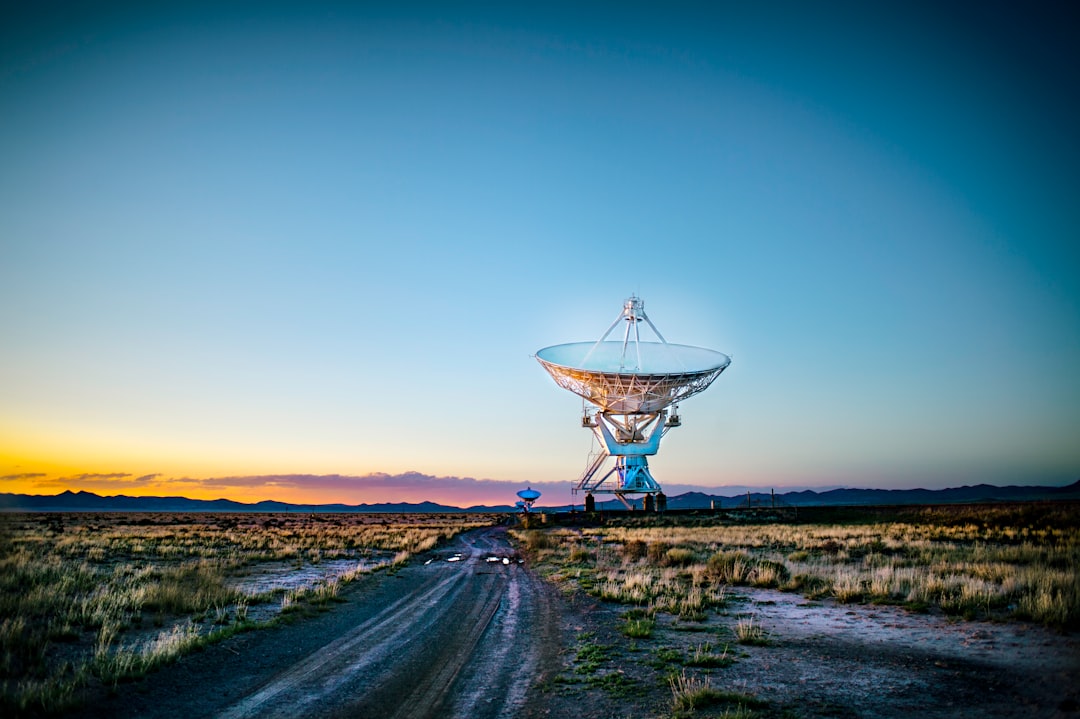Do We Breathe Oxygen?
This may seem silly, but it's an important question. One that reveals more about living beings than we may appreciate.
The State of Affairs
Recently, I stumbled upon an article by one of my favorite living physiologists - Gerald Pollack. I’ve written about his study of water, its interaction with living matter, and how it behaves under different environmental conditions - such as infrared light.
His work has helped me develop my understanding of blood flow and circulatory physiology, which is well encapsulated in this two-part series:
In his recent publication, Pollack makes two stunning arguments:
We do not breathe oxygen.
We breathe electrons.
Before we get into that, a bit of a rant.
One of the most disheartening features of modernity is the cold, and often resentful demeanor that young or “educated” people have towards life, living, and our bodies.
Although this trend may be reversing in the post-covid era, the sentiment that we are simply meat and bones is probably more common today than in any other era of civilization.
To call this simplistic or reductionist would be an understatement.
However, it does seem to be part of a broader shift in our collective conscience in the post-industrialist era. One which birthed the modern dark age of medicine. Our ancestors would be ashamed of how far we have fallen in our understanding of life.
What Is Oxygen?
First of all, if we breathe any gas…we breathe air. Air is much more than oxygen. In fact, air is also more than the gases which we are often told about. There is also water and fine particulate matter which are suspended in the troposphere.
To the modern reader, the idea that there is only air may seem a bit primitive. Because of charts like above, we can say with academic arrogance that air is not just air.
Can you go outside and catch a bag of pure nitrogen? Pure oxygen? Water vapor? Nitric oxide? Carbon dioxide?
The reality is, most of the natural world does not exist as isolated pure clumps of mass of different elements on the periodic table. As our ancestors knew, the world as we know it is composed of earth, water, air and fire (and aether, if you want to be complete). In my recent dive into the great work of Avicenna, you can see this knowledge reflected in his thoughts.
When discussing the elements, Avicenna knows that there are such things as “simple” elements. That is, the constituents which can be experimentally isolated from that which exists in a complex/compound form in nature.
Touch the ground, there is earth. Not pure iron. Not pure carbon. Even after you artificially isolate and purify elemental iron, it immediately reacts with the air and becomes “oxidized.”
Similarly, oxygen doesn’t exist as an isolated gas which our lungs let into our bloodstream to the exclusion of everything else. The more I think about it, the more I realize that oxygen and many elements on the periodic table are like self-fulfilling prophecies.
Based on our abstraction of chemistry and the elements, we predict that if we take atmospheric air and enact upon it a set of experiments, we will be left with a residual gas that behaves like the thing we have conceptualized to be oxygen.
Because after you conduct these procedures on air, the residual gas is not holding up a sign saying “Hi, I’m oxygen.” It’s more circular than you may think:
We predict oxygen exists, and it has a set of characteristics which reveals itself in how it reacts with other things around it
We process air in a manner which we predict would result in a residual gas that behaves like oxygen
Then, if this residual gas behaves how we think elemental oxygen may behave (if it existed), we call this residual gas oxygen
But, I digress.
The question is not if oxygen actually exists. The question that Pollack is trying to answer is do we breathe oxygen?
Now, you may be thinking of course we breathe oxygen, because:
Hemoglobin binds oxygen
Oxygen is needed in metabolic processes
We measure oxygen saturation of the blood
To all of these assertions, I say “are you sure?”
How come the blood which comes directly from the lung not bubbly, if indeed gases were diffusing from the air-sacs into the bloodstream?
How do marine animals breathe?
Why are there people with insanely low hemoglobin (<3), walking and talking as if there is nothing wrong? I’ve seen this myself.
Why are there experiments in which dogs are completely drained of blood, then re-infused with pure seawater…and survive?!
The Dog Experiment
This is one of my favorite recent discoveries.
Rene Quinton was a 19th-century French biologist with an interest in marine life. One of his legacies is what is known as Quinton serum (or water)…which are essentially vials of seawater. In the 1900s he had used this seawater in Paris to treat many ailments.
But, before it took to the streets, Quinton conducted a set of experiments on dogs which are outlined in his book L’eau de mer - milieu organique.
With these dogs he used filtered unheated seawater that had been diluted to the concentration of blood plasma, 0.9% isotonic.
In the second group of experiments, he did the following:
Drained the dog’s blood (5% of its body weight) via the femoral artery over four minutes
The dog is described as being at death’s door
Corneal reflex had stopped
This reflex is used in comatose patients to determine if they are indeed braindead.
After blood would no longer drain, he infused 532 mL of isotonic seawater at 23 Celsius over the course of 11 minutes
Corneal reflex was restored
But, the animal was still unable to walk, breathed with difficulty, and remained on a blanket without movement
Over the course of the next couple of days, the dog recovered…by Day 4 consuming 400 grams of meat!
On day 8, the dog became exaggeratedly exuberant, and ran about with more vigor than before the experiment
Five years later, Sodium (the dog’s name) was still alive and well.
Do We Breathe Oxygen?
Before we answer this question, we first need to examine the mechanics of respiration - what happens at the interface of the lungs. Or, at least what we believe happens.
Because as we will soon find out, much of what we think happens are nested in our beliefs.
At the basic level, we are taught that air enters our alveoli (tiny sacs of our lungs) and then there is gas exchange between the alveoli and the surrounding capillaries. Gas exchange that is, allegedly, specific for Oxygen and Carbon Dioxide.
This paradigm alone is riddled with problems.
Why does O2 and CO2 move across this interface, but not Nitrogen - far and away the most abundant of gases in the air?
Furthermore, if some toxic gases like fluorine and chlorine can make it through…again, why not Nitrogen?
Adding another layer of complexity, if we are to believe that certain gases diffuse across this interface under pressure (which may adjust pore sizes to let gas through) - again, why not Nitrogen?
Alternatively, we can argue that O2 is dissolved into the water of our body…
But, then how come we don’t see it as gas bubbles in the fluids of our body and bloodstream?
Furthermore, oxygen has very low solubility in water…which suggests we’d perpetually be struggling to breathe.
Another issue is the diameter of the capillaries, which is around 3-4 micrometers
But, red blood cells are about 6-7 micrometers in size.
How and why are these RBCs being forced into such a tight area, and with what energy supply?
Or is this squeeze necessary for something else?
On top of these problems with the current human paradigm, we also need to ask questions about other lifeforms.
For example, how do fish breathe? They suffocate out of water.
Also, how the hell did Quinton’s dog survive?
What We Breathe.
Pollack makes the convincing case that we breathe electrons.
Before we dive into how, it’s important to consider why.
As any living creature, we need to generate energy to create and sustain life.
For animals of all sorts, energy creation is at the most fundamental level the movement of electrons across a chain of reactions. This is also true of our communication network (reduction-oxidation, which are terms to signify electron loss or capture).
Pollack writes:
Recognizing the ultimate need for electrons in tissue metabolism, one could envision the electrons initially transferred from oxygen to red blood cells, then delivered downstream to relevant sites in the tissues.
In such a way, the electrons required for metabolism could be delivered directly to the tissues, absent any intermediate steps.
The need for electron transfer addresses some of our conundrums.
For example, the squeezing of RBCs tightens the interfaces across which the electrons need to move…optimizing the flow of electrons (i.e. current), and minimizing the loss (or discharge) of electrons.
Another aspect of this interface is a solution covering the alveoli called surfactant, which is known to have high conductance.
Hemoglobin inside the RBC also plays an important role here. Hemoglobin is known to have two dominant conformations. In low pH (i.e. acidic purple venous blood), hemoglobin is in the T form…which is positively charged. This positive charge on the hemoglobin facilitates the movement of electrons off of Oxygen which is highly electronegative.
The negatively charged form, R, is present in high pH arterial blood (red)…and is easily oxidized to surrender its electrons to the tissue in need.
Another thing to consider is the state of the air we exhale. Exhaled air should have a new composition, one which is robbed of electrons. That is, predominantly Nitrogen and positively charged Oxygen (after losing its electrons). It’s worth noting that positive oxygen is highly reactive…and indeed, that is precisely what happens. The nitrogen reacts with the oxygen to form Nitric Oxide. Which is present in exhaled air.
We Are Electric.
This is an idea that has been gaining increasing attention over the last several decades. Not least because our environment is increasingly technologically dense.
Tech and the electromagnetism on which it depends is everywhere all the time. Between your computer and your smartphone you may as well be bathing in artificial electromagnetism.
Many in the mainstream will dismiss the possibility that this comes with harms, and to suggest otherwise is bordering on conspiratorial.
But, when you make the case that human physiology is almost entirely electromagnetic…it becomes very hard to avoid the possibility of harm when we introduce artificial electromagnetic devices which can interfere with our natural physiology.
I make this case in the following article, simply as it relates to the impact of EMF on activating calcium channels in the membranes of our cells.
But, there is now far more evidence in favor of our electromagnetic existence.
Our nervous system is electromagnetic.
Our cardiovascular system is electromagnetic.
Our gut has its own nervous system.
Even when you touch a physical object, you are engaging with it electromagnetically. This is common teaching in basic physics.
Just ask Dr. Google:
The concept of grounding rests on the notion that we are regenerating our electron-depleted bodies by touching the surface of the earth.
And now…thanks to additional work from Pollack, we can see that even breathing is an electromagnetic phenomenon.
Do not rush to come to one conclusion or another.
Let these ideas permeate your body and spirit. Let it guide you, slowly but surely, to the truth.
That we are far more than meat and bones.










Love the article! That's why 5G absorbs oxygen at 60 GHz, by not stealing air, but by using electrons.
I have limited knowledge of biochemistry and physics, and I found this piece riveting. It's perverse to interrupt the elegance of our bodies and their mechanisms. The next logical question for me is with regard to geoengineering. If indeed, as I believe, aluminum and barium (we already know about silver iodide cloud-seeding) are being injected into the atmosphere, how do those elements affect our systems? In a monumental and destructive way, I fear.